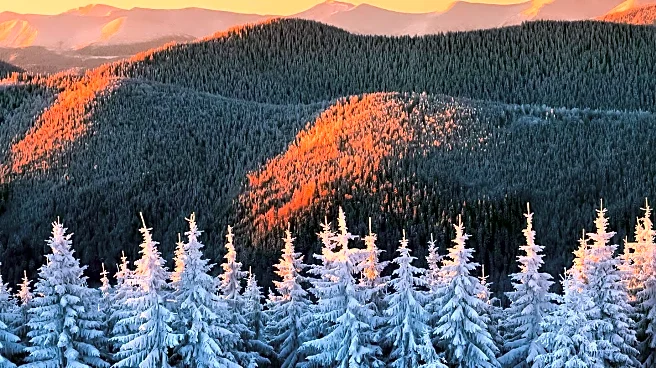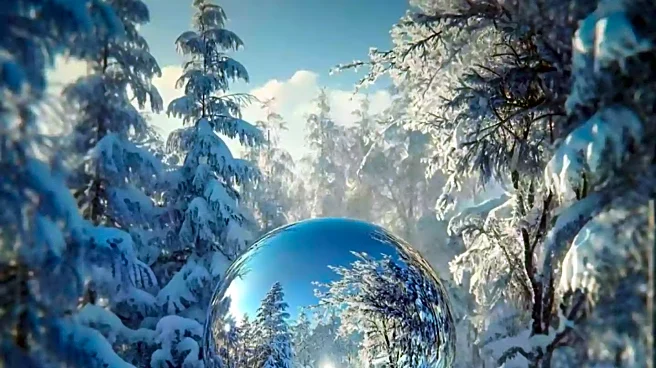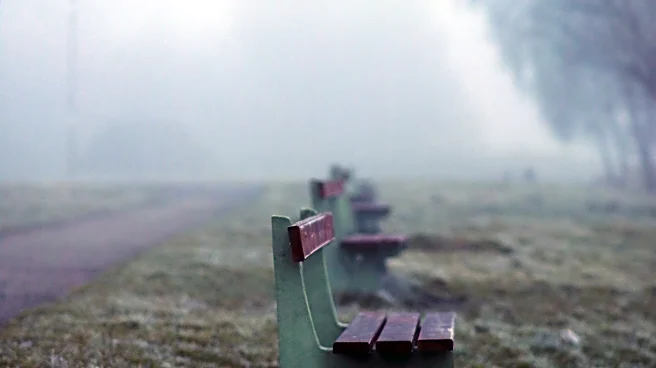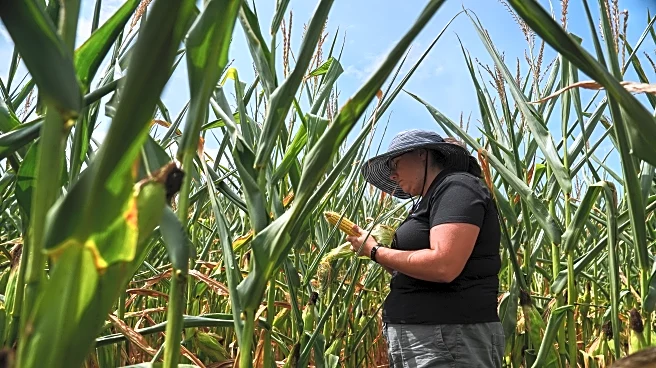What's Happening?
In Appalachia, traditional folklore and observations of nature are used to predict winter weather. Residents rely on signs such as the color bands on woolly bear caterpillars, the behavior of squirrels, and the thickness of onion skins to forecast the severity of the upcoming winter. These methods, rooted in close observation of animals and plants, have been passed down through generations. While modern meteorology uses scientific models, these traditional practices continue to hold cultural significance and are celebrated in local festivals.
Why It's Important?
The reliance on folklore for weather predictions highlights the cultural heritage and traditions of Appalachian communities. These practices reflect a deep connection to the natural environment and offer insights into how people historically adapted to and prepared for seasonal changes. While not scientifically validated, these methods provide a sense of continuity and community identity. They also serve as a reminder of the importance of observing and understanding natural patterns, which can complement modern scientific approaches to weather forecasting.
What's Next?
As climate change continues to impact weather patterns, there may be increased interest in how traditional knowledge and modern science can be integrated to enhance weather predictions. Communities may explore ways to preserve and document these cultural practices, ensuring they are passed down to future generations. Additionally, there could be opportunities for collaboration between folklorists and meteorologists to study the accuracy and relevance of these traditional methods in the context of contemporary climate challenges.
Beyond the Headlines
The enduring popularity of folklore-based weather predictions underscores the value of cultural traditions in shaping community identity and resilience. These practices offer a unique perspective on human-environment interactions and highlight the role of storytelling in preserving cultural knowledge. As society grapples with environmental changes, such traditions may inspire innovative approaches to understanding and adapting to the natural world.













